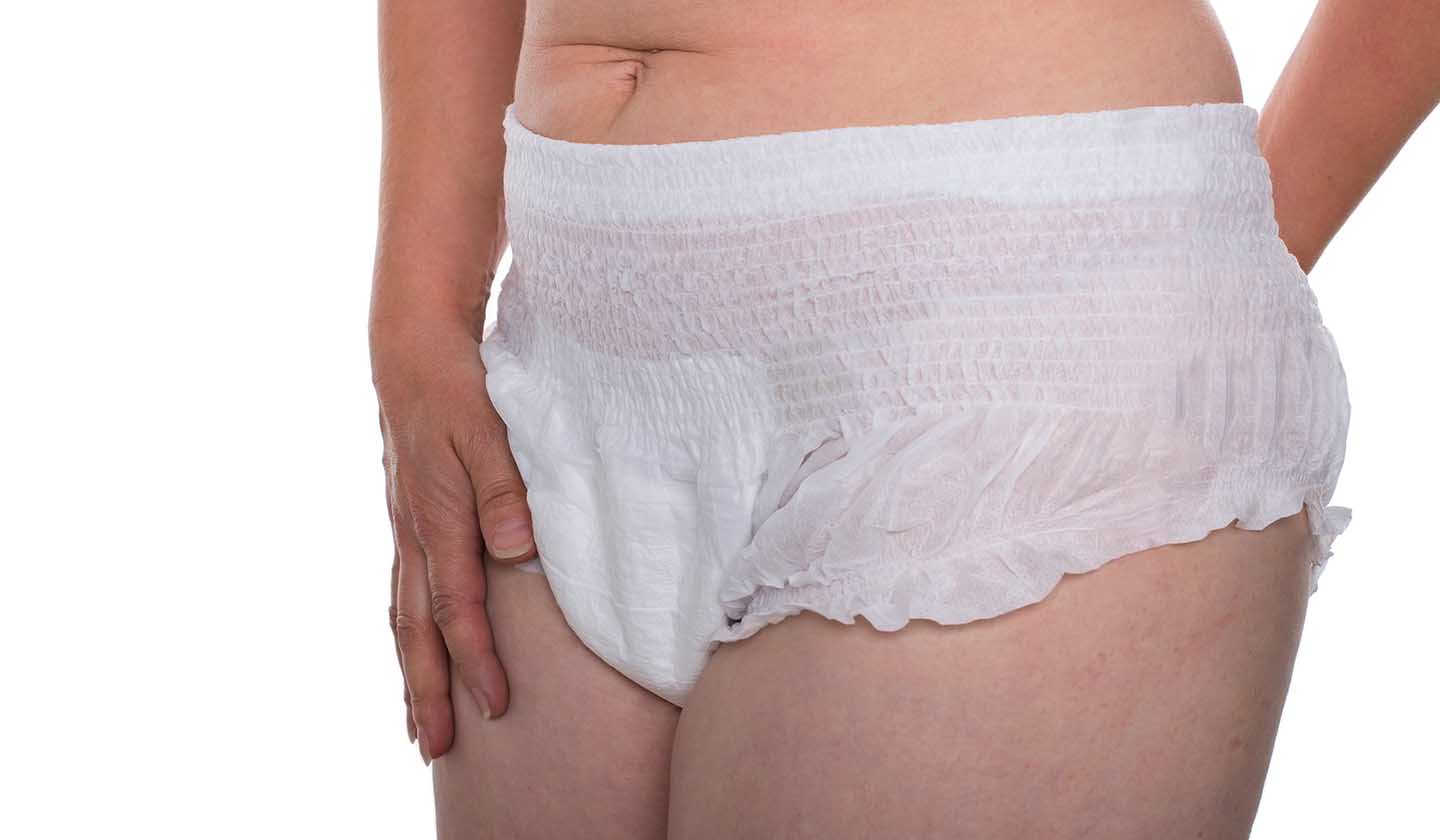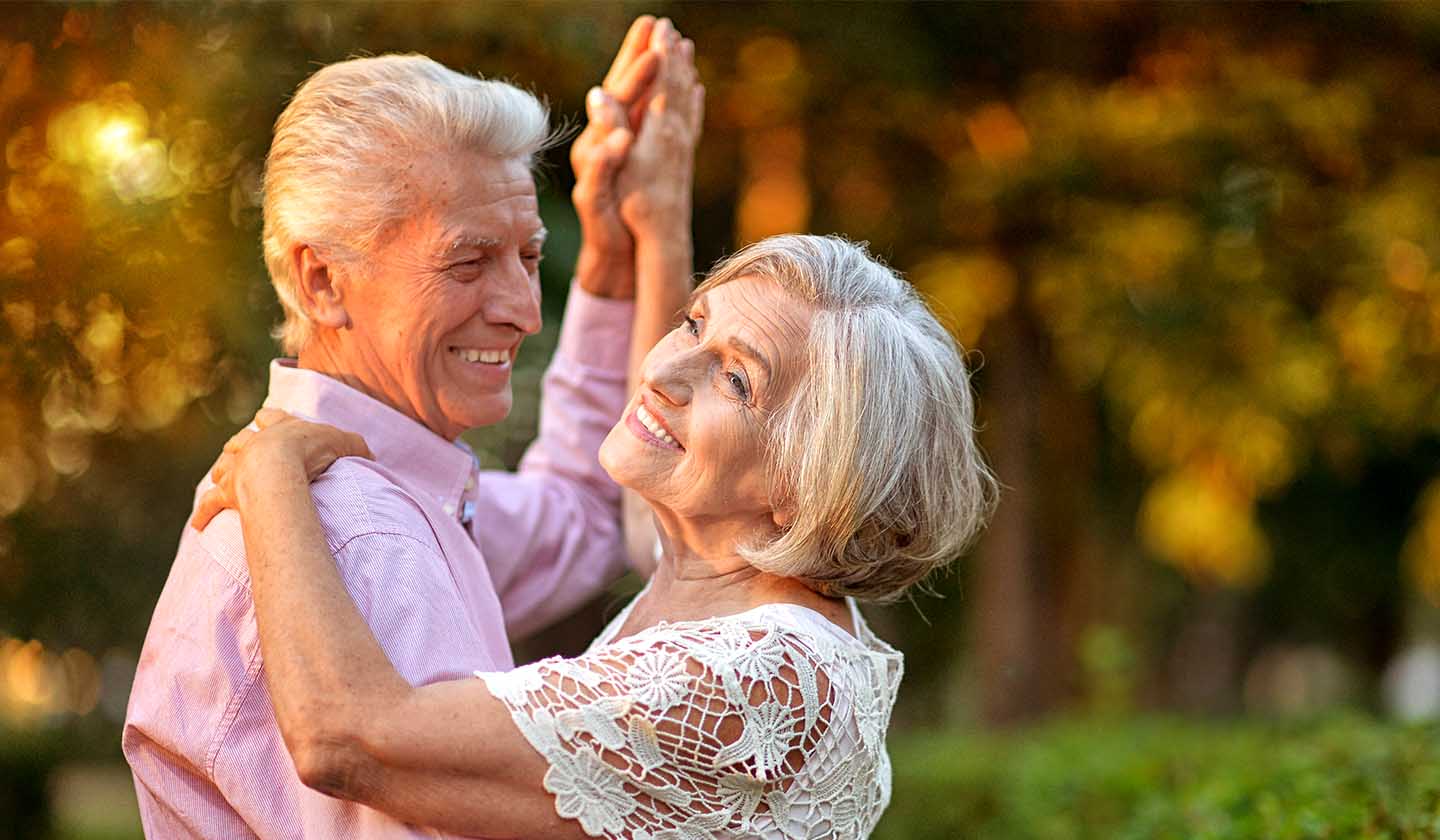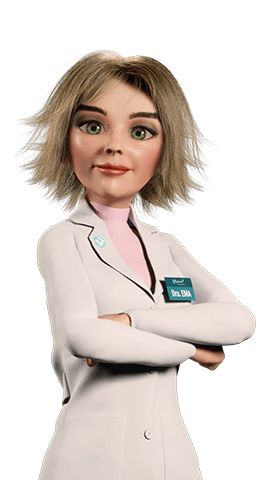Urinary tract
Dealing with incontinence

Urinary incontinence means involuntary loss of urine, which can occur in both sexes and at any age but has a higher incidence in women and the elderly. Due to the associated social stigma, the patient often omits that he/she has symptoms and therefore the condition is sometimes under-diagnosed and consequently under-treated. Incontinence is a disease that can be treated if detected early.
Pay attention to alarm signals:
- Failing to retain urine
- Frequent need to urinate
- Feeling of a full bladder after urinating
- Decreased force of urine flow
- Frequent urinary infections
Incontinence can have repercussions on a social, sexual, and psychological level, in many cases leading to social isolation. The patient avoids participating in collective activities because he/she fears that friends or family might notice his/her problem, or that he/she wears incontinence protection, or that someone might smell urine or that there will be some trace of urine on his/her clothes.
Only 10% of patients go to the doctor due to incontinence, preferring to camouflage the problem through the use of protectors and self-medication.
Causes of incontinence:
- Decreased tone of the pelvic muscles and bladder
- Weakness of the urinary sphincter
- Incoordination between the bladder muscles and the urinary sphincter
- Increased amount of urine
- Spasms and hyperactivity of the bladder muscles
- Presence of degenerative diseases
- Changes in the size of the prostate, in the case of men

Types of urinary incontinence
- Urge incontinence - occurs due to an overactive bladder that leads to a sudden urge to urinate. Usually associated with urinary infections, kidney stones and prostate problems.
- Stress incontinence - loss of urine associated with exertion, such as laughing, jumping, coughing, lifting weights. In men, it is common after prostate surgery and in women during and after pregnancy.
- Overflow incontinence - it occurs when the bladder is too full, leading to the release of small amounts of urine.
- Functional incontinence - loss of urine associated with the presence of mental illness or physical disability, such as patients with Alzheimer's and bedridden.
It is not a disease related to the ageing process, but it has a higher incidence in postmenopausal women, due to the decrease in oestrogen levels, and in older men due to prostate problems, which can appear due to old age.

Measures to deal with urinary incontinence:
Treat the causes that lead to incontinence, whether using medication or surgery, as a last resort.
- Change the habit of drinking fluids - avoid drinking fluids before going to bed and diuretic drinks such as coffee and tea.
- Train the bladder - in order to increase the capacity of the bladder and decrease the frequency of urination. With this type of training the bladder is able to retain a greater volume of urine.
- Pelvic muscle and bladder exercises - Kegel exercises.
- Adopt habits that help to reduce the inconvenience of incontinence.
- Use of incontinence protections such as pads or underpants. Nowadays these products are already much thinner and more discreet and help to prevent the appearance of odours.
- Good hygiene - it is important to avoid the appearance of odours and irritations in the genital area. There should be used intimate washing solutions that respect the natural balance of the skin.
Sources
iSaúde
Farmácia Distribuição Magazine
Também lhe poderá interessar
Neurology
Alzheimer’s disease - The progressive loss of cognitive functions
Urinary tract






